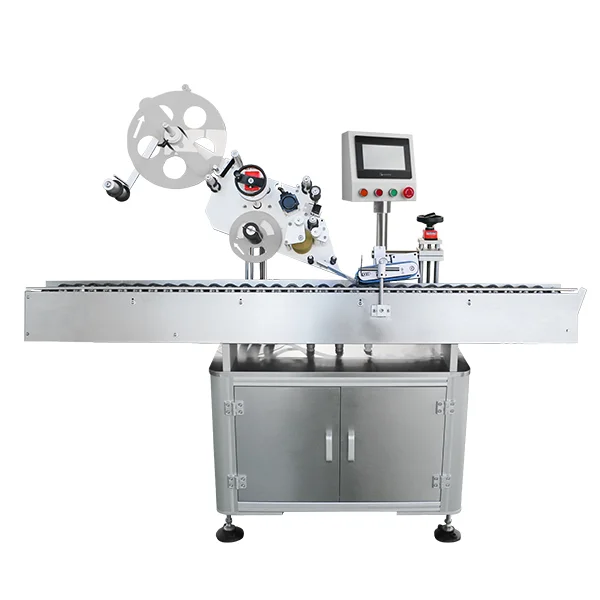When it comes to construction and renovation projects, plywood is a versatile material that often takes center stage. Whether you're building a subfloor, creating a deck, or constructing furniture, understanding the appropriate thickness of plywood for walking surfaces is crucial for safety and durability. In this article, we will explore the factors influencing plywood thickness, the recommended thicknesses for various applications, and best practices for installation.
Understanding Plywood Thickness
Plywood is manufactured in various thicknesses, typically ranging from 1/8 inch to 1 inch or more. The thickness you choose will depend on several factors, including the intended use, the load it needs to support, and the spacing of the underlying joists or supports.
Factors Influencing Plywood Thickness
- Load-Bearing Requirements: The primary consideration when determining plywood thickness is the load it must support. For residential applications, such as flooring, the plywood must withstand the weight of furniture, appliances, and foot traffic. For commercial applications, the load requirements may be significantly higher.
- Joist Spacing: The distance between the joists or supports beneath the plywood plays a critical role in determining the necessary thickness. Wider spacing requires thicker plywood to prevent sagging and ensure structural integrity. Common joist spacing is either 16 inches or 24 inches on center.
- Type of Use: Different applications have different requirements. For example, a subfloor in a residential home will have different thickness requirements than a plywood deck exposed to the elements.
Recommended Plywood Thickness for Walking Surfaces
- Subfloors: For residential subfloors, a thickness of 3/4 inch (19 mm) is typically recommended. This thickness provides adequate strength and stiffness, especially when installed over joists spaced 16 inches apart. If the joists are spaced 24 inches apart, consider using 1 inch (25 mm) thick plywood to prevent excessive deflection.
- Decking: When using plywood for outdoor decking, a thickness of at least 5/8 inch (16 mm) is advisable. However, for areas that will experience heavier foot traffic or where additional durability is required, 3/4 inch (19 mm) plywood is preferred. Additionally, using pressure-treated plywood can enhance resistance to moisture and decay.
- Furniture and Shelving: For furniture applications, such as tabletops or shelving, the thickness can vary based on the design and load requirements. Generally, 3/4 inch (19 mm) plywood is a good choice for tabletops, while shelving can often be made from 1/2 inch (12 mm) plywood, depending on the span and weight of items stored.
Best Practices for Installation
- Proper Fastening: Ensure that plywood is securely fastened to the underlying structure. Use screws rather than nails for better holding power, and space them appropriately to prevent movement and squeaking.
- Sealing Edges: For outdoor applications, seal the edges of the plywood with a waterproof sealant to prevent moisture infiltration, which can lead to warping and decay.
- Acclimatization: Allow plywood to acclimate to the environment before installation. This helps to minimize expansion and contraction due to humidity changes.
- Consideration of Underlayment: In some cases, adding an underlayment can enhance the performance of the plywood. For example, using a foam underlayment beneath a plywood subfloor can improve sound insulation and provide additional cushioning.
Conclusion
Choosing the right thickness of plywood for walking surfaces is essential for ensuring safety, durability, and performance. By considering factors such as load-bearing requirements, joist spacing, and the specific application, you can make an informed decision that meets your project's needs. Whether you're working on a subfloor, decking, or furniture, adhering to recommended thickness guidelines and best practices will help you achieve a successful outcome. Always remember that investing in quality materials and proper installation techniques pays off in the long run, providing a safe and reliable surface for years to come.


